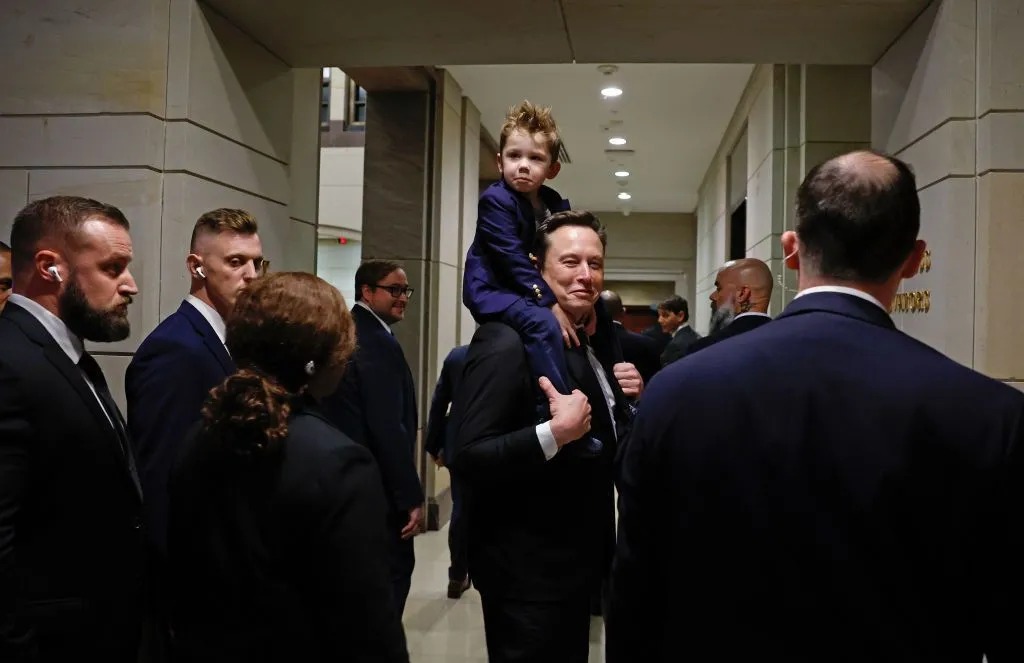
What We Know About Musk’s Government Efficiency Mission
Elon Musk, leading the government efficiency mission, is driving major cost-cutting efforts under President Trump’s administration. Tasked with increasing efficiency, Musk heads the Department of Government Efficiency (“Doge”), aiming to reshape federal operations.
The Structure of Musk’s Initiative
Doge, while named a “department,” is not an official government entity but operates as an advisory body. Initially co-led with financier Vivek Ramaswamy, Doge has been functioning with Musk as an unpaid special government employee. Critics and supporters alike recognize Doge’s untethered status as both a challenge and potential advantage in implementing swift reforms. For more insights, visit BBC .
Impact of Cost-Cutting Measures
The initiative primarily focuses on significant spending cuts and reshaping federal regulations. Statements from Doge indicate a strategy to drastically reduce bureaucratic expenses, targeting savings initially speculated to be around $2 trillion. While Musk has acknowledged adjustments to these goals, the drive for cuts remains intense, with federal employee reductions and agency closures being central to the plan.
Public Response and Controversy
Musk’s efforts have sparked mixed reactions. Lawsuits challenge the constitutional validity of the initiative, particularly in its methods and unilateral decisions. Critics argue that dismantling agencies like USAID could lead to a humanitarian backlash. Supporters, however, see potential for impactful reforms reminiscent of the Reagan-era Grace Commission. Despite skepticism from experts, some politicians, including Bernie Sanders, commend selective defense budget cuts proposed by Musk.
Recruitment and Operations
Doge’s recruitment efforts are unconventional, utilizing social media platforms like X (formerly Twitter), emphasizing long hours for volunteers without remuneration. Musk’s public statements underscore the rigorous nature of work at Doge, stressing the need for top-tier applicants committed to non-glamorous tasks. This approach raises questions about recruitment effectiveness and the practicality of such an operational model.
Looking Ahead
With a projected conclusion by July 2026, Doge intends to present a reduced, more efficient government as a 250th-anniversary gift for the Declaration of Independence. The initiative’s ambitious scope and contentious methods continue to draw both intrigue and criticism. As legal battles unfold, Doge’s outcomes will likely impact federal operations and set precedents for government reform.





